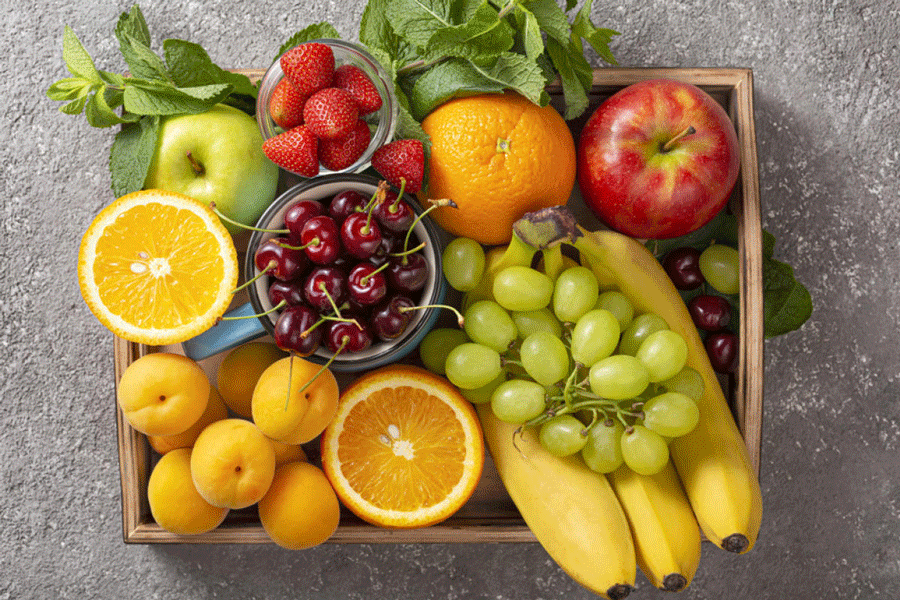Despite overall improvements in healthy food consumption, less than half of India’s women consume eggs, meat, fish, or vitamin-A-rich fruits, a new study has revealed, signalling a persistence of poverty-linked food deprivation.
The study has also found that 40 per cent of women from India’s poorest households do not consume even dairy products, pointing to what researchers have described as “major dietary gaps”. particularly for those in low socioeconomic sections.
The findings based on the Union health ministry’s National Family Health Surveys (NFHS) come at a time groups campaigning for food security have accused the Centre of trying to deny the existence of food deprivation across large sections of the population.
The Centre had last month described the Global Hunger Index report — which had ranked India 111 among 125 countries — as “an erroneous measure of hunger, with serious methodological issues” and showing a “malafide intent”.
“We’ve seen efforts by the government to deny reality — but it should look at its own data available from the NFHS,” said Raj Shekhar, the national coordinator
for the Right to Food Campaign, a non-government network campaigning for food security.
The new study has found that the proportions of adults who do not consume key food groups — dairy products, pulses, legumes, or beans, vitamin-A-rich fruits, eggs, meat or fish — declined between 2016 and 2021 across all groups, implying progress in healthy food consumption.
But the study, which analysed food consumption patterns using NFHS 2016 and NFHS 2021 and was published last week in The Lancet, found large proportions of India’s poorest still not consuming high-quality protein sources or fruits.
The study found that 28 per cent of all women and 24 per cent of pregnant women did not consume dairy products in 2021. Within the poorest 20 per cent socio-economic group, about 47 per cent of all women and nearly 44 per cent of pregnant women did not consume dairy products.
Among women, nearly 55 per cent did not consume eggs, meat or fish and 50 per cent did not consume vitamin-A-rich fruits in 2021. Within the poorest 20 per cent of households, 73 per cent women did not consume vitamin-A-rich fruits.
The study also found that more men than women consume specific foods across all food groups, the widest gaps observed for dairy, eggs, meat or fish. For instance, 42 per cent men did not consume eggs, meat or fish, compared with 54 per cent women.
“The fact that these items are expensive could explain our findings showing that over 40 per cent of India’s poorest women and pregnant women are not consuming dairy,” S.V. Subramanian, professor of population health at Harvard University, and his colleagues said in their study.
“India should do a comprehensive nutrition survey to truly know what Indians eat — to understand the extent and magnitude of food deprivation,” Subramanian told The
Telegraph.
The Centre, in its response to the Global Hunger Index report, had asserted that it is providing free food grains to poor households across the country, citing the Pradhan Mantri Garib Kalyan Anna Yojana scheme that it said had benefited nearly 800 million people.
“Most such schemes primarily provide food grains — rice, wheat, or millets,” said Shekhar. “But multiple surveys including this new study show that there is an urgent need to diversify the food basket, more people should have access to dairy products, eggs and fruits, for instance,” he said, echoing a long-standing call from sections of public health and nutrition specialists.

